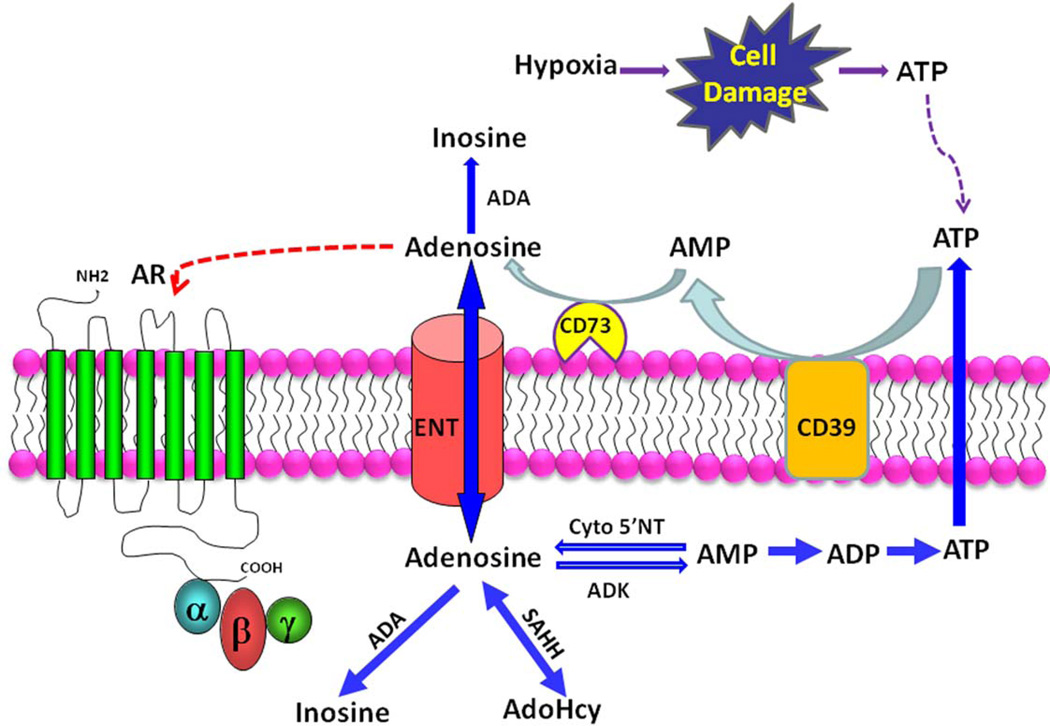Figure 1. Adenosine metabolism and signaling.
Cells release ATP in response to hypoxia and cell damage. The extracellular ATP is converted to adenosine (A) by the consecutive action of the ecto-nucleotidases, CD39 and CD73. The resulting adenosine can activate adenosine receptors (AR), be a substrate for extracellular adenosine deaminase (ADA), or reenter cells via equilibrative nucleoside transporters (ENTs). Within cells adenosine has multiple fates: 1) conversion to inosine via deamination, 2) conversion to adenosylhomocysteine (AdoHcy) via S-adenosylhomocytesine hydrolase (SAHH), or conversion to AMP by adenosine kinase (ADK). Adenosine can also be derived from AMP by the action of cytosolic 5’-nucleotidase (Cyto 5’NT).

